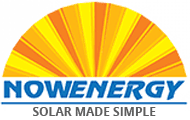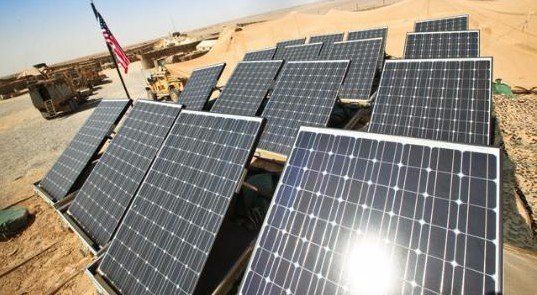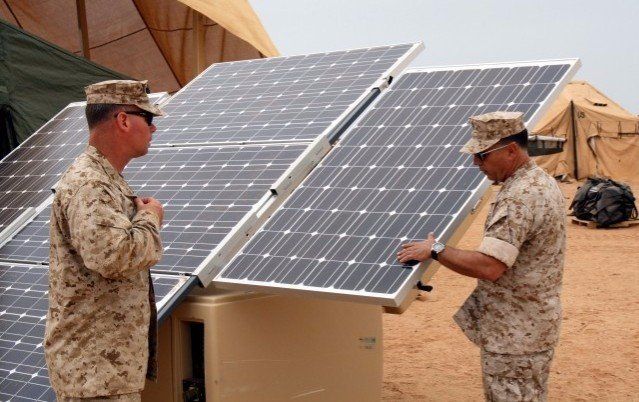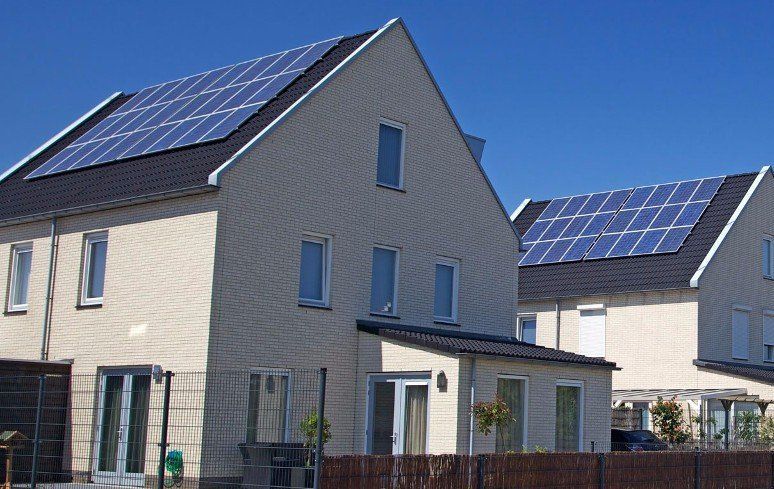Getting the Most out of Solar Panels
- By 7041857947
- •
- 26 Jul, 2017
- •
Solar panels don't require too much maintenance but it is important to have your panels cleaned and properly oriented to increase their solar energy yield.
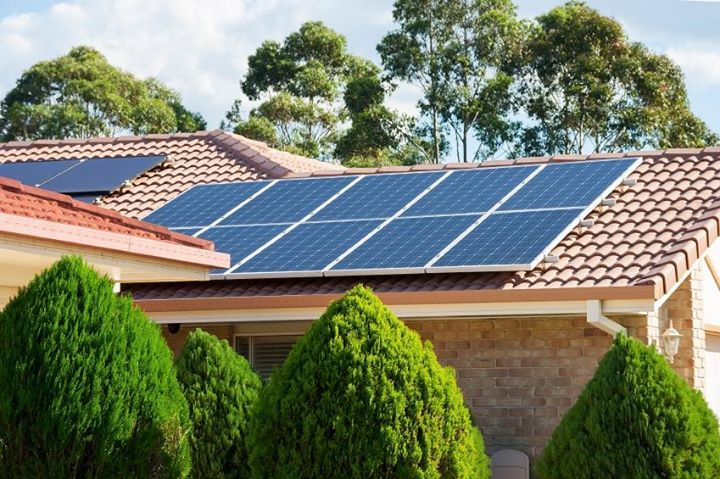
When determining the real cost of a solar installation, a homeowner has to take into account more than just the price of the panels and their rated energy output. Other things to take into consideration are the lifespan of the panels as well as their “solar energy yield” -- how much energy the system will produce over a year. The efficiency rating of panels comes from tests conducted in standard laboratory conditions. However, for day to day use, there are a number of variable conditions in which the panels will be installed. It is important to take the following two simple factors into consideration.
Dirt
Since solar panels harness light energy, anything that prevents the passage of light impacts the panels’ ability to produce electricity. The impact on output of dirt, leaves, and other things that can accumulate on top of panels is significant for flat panels, reducing energy output by almost half, but relatively small for tilted panels. Areas with little rain, a dry climate, and/or dust storms may be affected more severely.
It’s advised that homeowners routinely conduct a visual inspection of their solar panels and monitor the output to schedule professional cleanings as needed. Now Energy LLC conducts a free cleaning one year after the installation.
Shade
There is a misconception that solar panels do not produce energy unless they are in direct sunlight. Modern solar panels have been designed to work in poor lighting situations. Understanding how shading influences the ability of your panels to produce electricity can help you decide on the right kind of panels, location, and orientation for your situation.
Individual solar cells do not take kindly to constantly changing lighting environments. If some cells are not working, the other cells in the panel work harder to try to compensate. This can result in the well-lit cells becoming overheated and burning out.
Ensuring that your solar array is installed in a way that reduces their exposure to shade is important. This way, you can get the most from your panels and make sure that they continue to produce the maximum output while minimizing the risk for damage.
Dirt and shade are two simple things to consider before and after installing a solar array. Homeowners should make sure to install their panels in a place with little to no shade and watch for dips in production efficiency to know when the panels may need to be cleaned.

